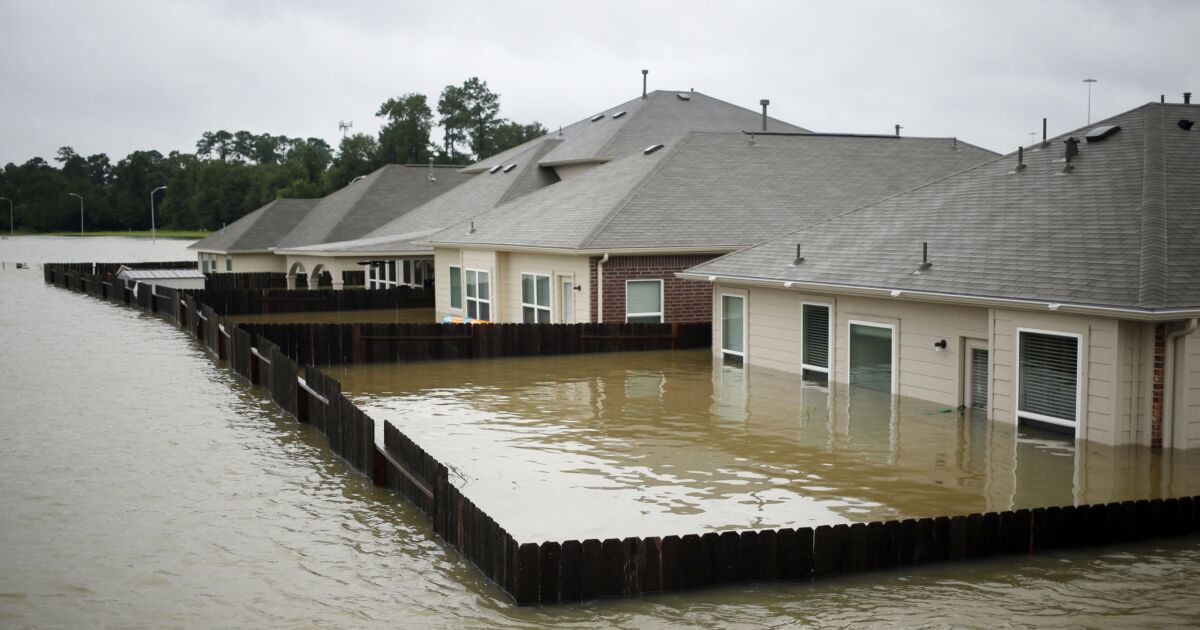
[ad_1]

(Bloomberg) — US homes in areas prone to floods may be currently overvalued in the range of $121 billion to $237 billion, according to a report published Thursday in the journal Nature Climate Change.
Roughly, that number is derived by looking at how much homes are selling for now and subtracting the estimated average annual losses that they will incur from flooding over the next 30 years (the average length of a mortgage in the US), as determined by the First Street Foundation, a nonprofit that seeks to improve awareness of climate change-related risks like increased flooding. The report was authored by researchers from First Street, the Environmental Defense Fund and Resources for the Future, among others.
The discrepancy in value was particularly significant in counties along the coasts in places where disclosure of flood risk isn’t required in real estate transactions, the study found. Although high-value homes along Florida’s Gold Coast accounted for the largest part of the absolute amount of valuation differential, low-income households stand at risk of losing the largest share of home value.
“The consequence of this financial risk and how the housing market responds really depend on policy choice on who bears the cost of climate change,” said Jesse Gourevitch, a fellow with the Environmental Defense Fund and the lead author of the report. “It is really critical that flood risk is better communicated to property owners.”
It has long been understood that flood risk is not adequately priced into homes or flood insurance . In many cases, buyers are simply not aware, since federal government maps outlining risk zones are outdated and difficult to access. Moreover, state laws vary on how much flood-disclosure risk is required when homes are sold.
In addition, lower costs in the short run tend to sway buyers to underestimate the likelihood and severity of flooding over time. Historically, the federal government has aided and abetted this risky decision-making with subsidized flood insurance.
First Street tried to make the risks more transparent in 2020 by publishing its own analysis of flood risk for every property in the lower 48 states.
This paper builds on that data by estimating how much of that flood risk is now priced into homes and how much still isn’t. Researchers found that the market has absorbed some of the risk, but up to $237 billion is still outstanding, much of it in states like Florida, which have not only rising risk of flooding as the climate warms but also don’t generally mandate that sellers share flood risks with potential buyers.
The distribution of overvaluation is highly skewed to expensive properties — 11% of properties contribute to 80% of overvaluation. And a large portion of overvaluation is driven by properties that are not covered by severe flood zones specifically designated by the government, the researchers found.
While a few expensive properties bear great risk, the study found that among census tracts in the lowest quintile of household median income, higher percentages of properties are overvalued compared to their flood risk. If they were devalued to match the real risk, homeowners could lose up to 10% of their homes’ value.
To contact the author of this story:
Leslie Kaufman in New York at [email protected]
[ad_2]



